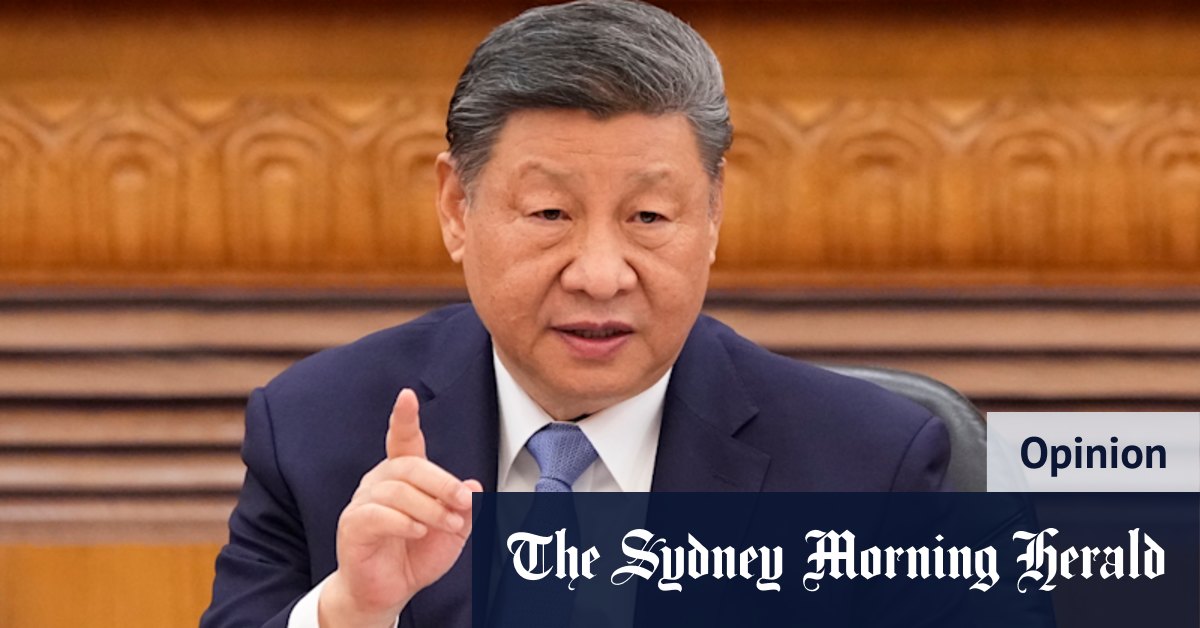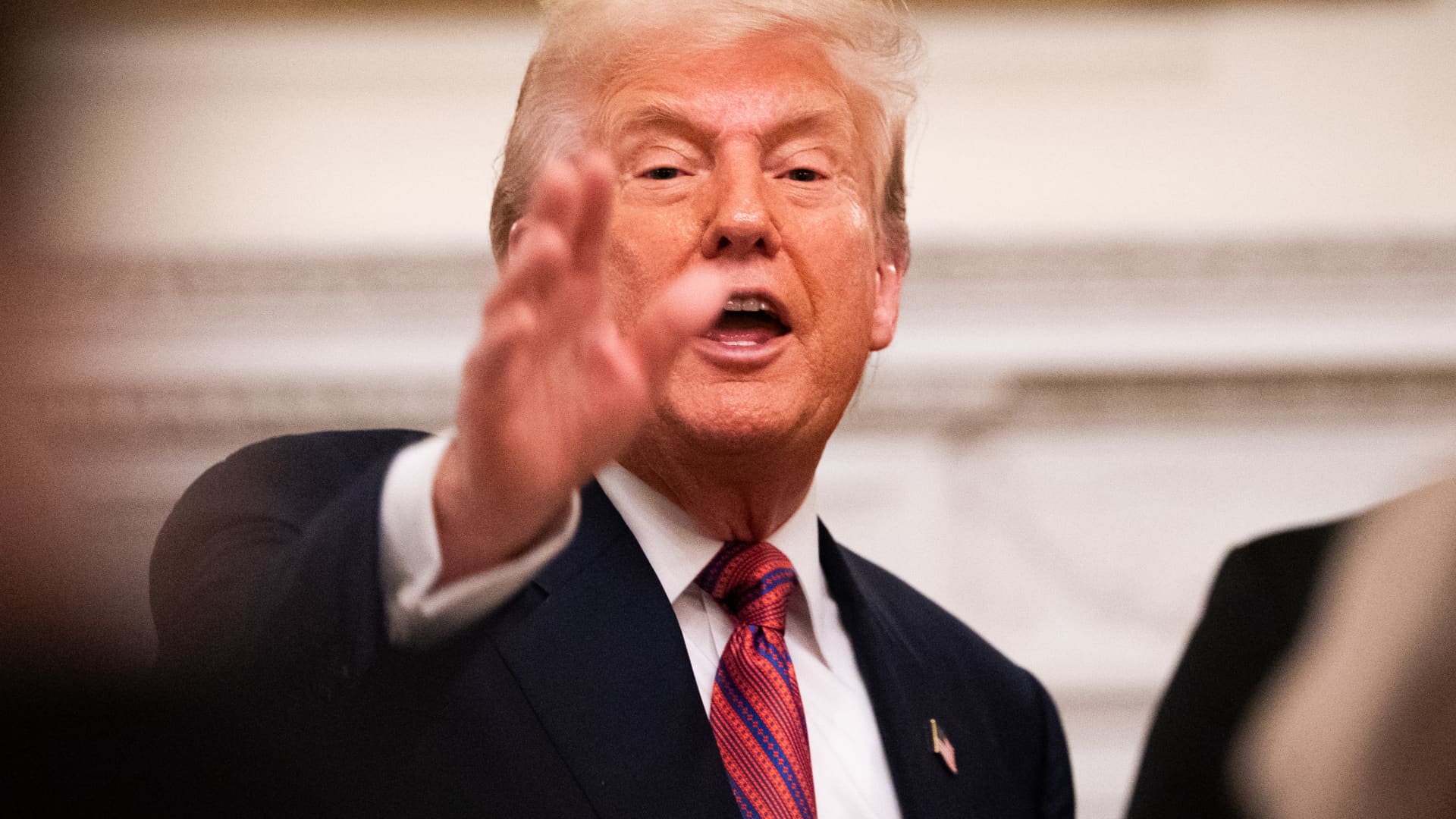The problem in EVs, solar panels, batteries and other industries that supply them – and it’s not a problem confined to those sectors – is that China’s economic model has prioritised investment, production and jobs.
Beijing has identified strategic areas of growth in its rolling five-year national economic plans and handed out massive financial subsidies to those sectors to stimulate investment.
BYD, the world’s biggest EV maker, slashed domestic prices by up to 34 per cent earlier this year, triggering a price war. Credit: Bloomberg
Local governments, anxious to get their share of investment and jobs, then offer their own incentives and help fuel a rush by companies to do what Beijing has encouraged them to do, leading to overinvestment and overcapacity.
Exports are the safety valve for the excess capacity, particularly in the post-property crisis, post-pandemic environment, where domestic demand has been weak.
Faced with pushback (even before Donald Trump started slapping tariffs on everyone) from export markets concerned that China was undermining their industries and persistent deflation within its own economy – from the US to countries in Europe and Latin America – it would appear that China has finally recognised the need to act.
Loading
A decade ago, China had similar overcapacity issues in its steel and coal sectors. Beijing responded by forcing plant closures and corporate consolidations, while avoiding economic shock by pumping fiscal stimulus into the economy.
Unlike the current overinvestment, however, those sectors were largely state-owned. It will be trickier trying to corral the multitude of private companies engaged in the crowded advanced manufacturing sectors that Beijing has identified for China’s latest phase of growth.
It will be even trickier in the face of Trump’s tariffs.
While the US and China agreed to an uneasy truce after a tit-for-tat exchange of absurdly high tariffs – Trump announced a 145 per cent rate on imports from China and Beijing responded with a 125 per cent rate on imports from the US – the continuing 30 per cent US tariff on goods, once pre-existing tariffs (leftovers from the 2018-19 trade war) are taken into account, means China’s exports to the US still face a 55 per cent duty.
China’s most recent trade numbers, for June, showed a record $US586 billion ($900 billion) surplus when they were published last week, or 5.8 per cent above the same month last year. Exports to the US, however, were 16.1 per cent lower than in June last year. It was exports to South-East Asia, Europe and Japan that accounted for the growth.

Donald Trump’s trade war has complicated matters for Beijing. Credit: Bloomberg
With Trump’s deal with Vietnam, including punitive tariffs on trans-shipped exports to the US – targeting Chinese goods re-routed through third countries to exploit lower duty rates – America’s “reciprocal” tariff regime poses a major threat to China’s ability to continue to rely on trade for growth.
Last year, Beijing tried to stimulate domestic consumption with incentives for trade-ins of autos and household appliances and other goods.
That seems to have had some effects – China’s GDP grew 5.3 per cent in the June quarter, compared with the same period last year – but it’s a policy whose impact will inevitably wane, as the number of remaining households with the capacity to take advantage of it dwindles.
In Trump’s new world trade order, there will be less global trade and less trade with China, which implies radical changes to China’s economic model.
There are other, more sustainable, measures that Beijing could take to boost domestic consumption, particularly increased spending on China’s social welfare safety nets, but Xi has been reluctant to embark on large-scale stimulus spending or to re-balance the economy away from its over-reliance on exports.
Having experiencing the implosion of China’s property sector, a sector that had been used and incentivised to stimulate the wider economy during periods of economic stress, the authorities would understand that the extent of overinvestment and overcapacity in other sectors today is a threat to China’s economic and social stability that could be exacerbated by a downturn in trade.
The threat doesn’t come from Donald Trump alone. On Friday, the G7 economies agreed to increase their collective efforts to respond to the impact of China’s over-capacities and the flood of exports it is producing, along with its dominance of strategic sectors, including rare earths.
Loading
Europe’s auto sector was singled out, but Germany’s finance minister, speaking after the G7 meeting in South Africa, also said his country had agreed with the rest of the G7 economies that it would take the lead and look at how stronger action could be taken against “junk” products.
In Trump’s new world trade order, there will be less global trade and less trade with China, which implies radical changes to China’s economic model.
Its policymakers need to develop strategies for generating more domestic demand and managing out the excess capacity in China’s factories or risk facing an economic shock as Trump’s tariffs and the punitive tariffs on trans-shipped exports force an uncontrolled restructuring of their economy on them.
The Business Briefing newsletter delivers major stories, exclusive coverage and expert opinion. Sign up to get it every weekday morning.


